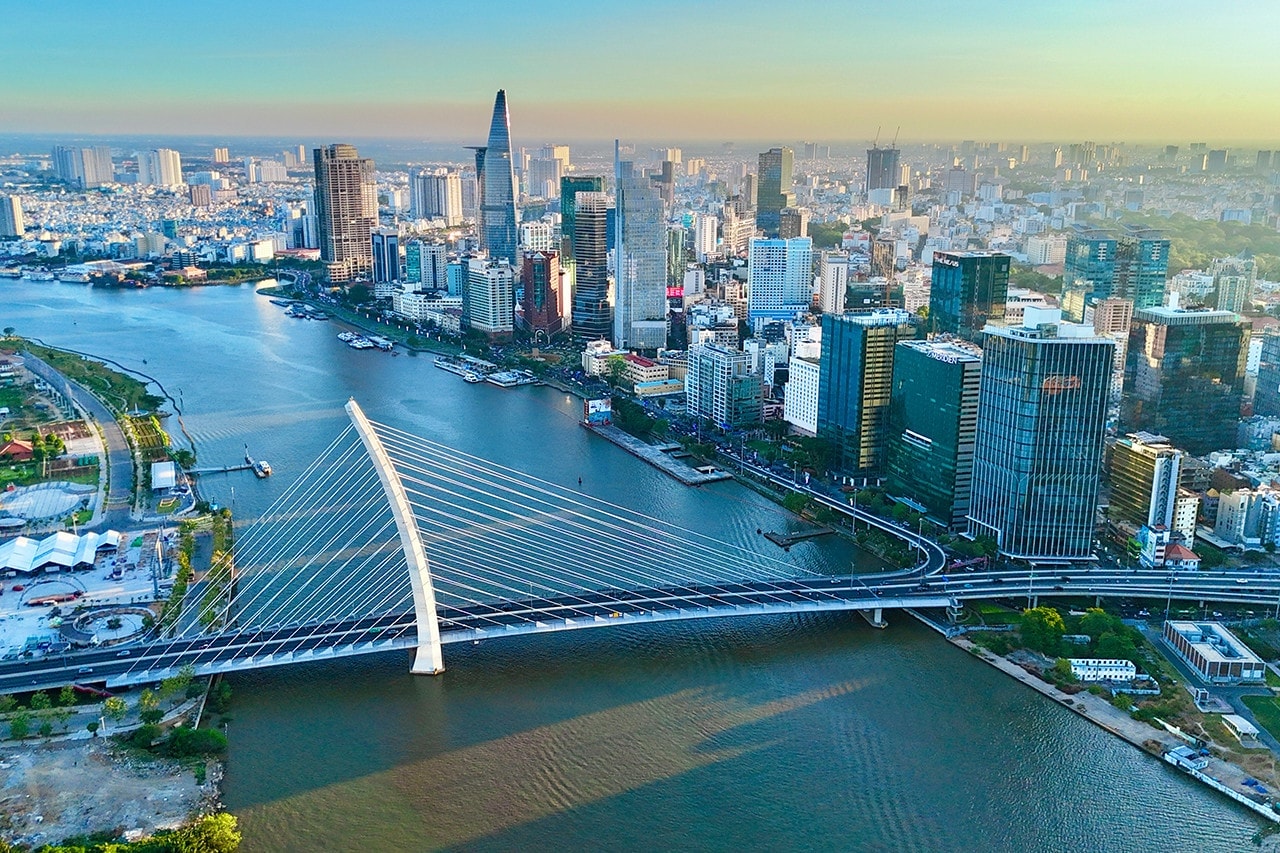
According to Vice Chairman of the Ho Chi Minh City People's Committee Duong Anh Duc, after the merger, the total area of the city will reach 6,773km2. The population is estimated at 13.6 million people, of which the working workforce is 7.28 million people. This is a large-scale human resource, playing a key role in the development of industry and services in the key economic region of the South.
Economically, the consolidated GRDP of Ho Chi Minh City (new) is estimated at 3.03 million billion VND (equivalent to 123 billion USD), accounting for 23.5% of the country's GDP. The average GRDP per capita in 2025 is estimated at 220 million VND (about 8,944 USD), 1.7 times higher than the national average.
According to the Draft Political Report of the 1st Congress of the Ho Chi Minh City Party Committee, term 2025-2030, the city sets the goal of rapid and sustainable growth, based on growth model innovation, digital transformation, green transformation and knowledge-based economic development, with the ability to participate deeply in the global value chain.
The city will focus on shifting industrial parks and export processing zones, restructuring key industries and developing potential fields such as artificial intelligence (AI), robotics, space, green hydrogen, gene technology, biology... that are environmentally friendly. Ho Chi Minh City also aims to attract multinational corporations and leading enterprises in the field of manufacturing electronic components, semiconductors and chips.
Along with that, the city is promoting the construction of the Vietnam International Financial Center in Ho Chi Minh City to attract investment, develop a modern financial market, and create a foundation for sustainable economic growth. In parallel, there is a plan to complete the Thu Thiem New Urban Area before 2030, start the second phase of Phu My Hung Urban Area, and speed up the progress of Can Gio Coastal Urban Area.
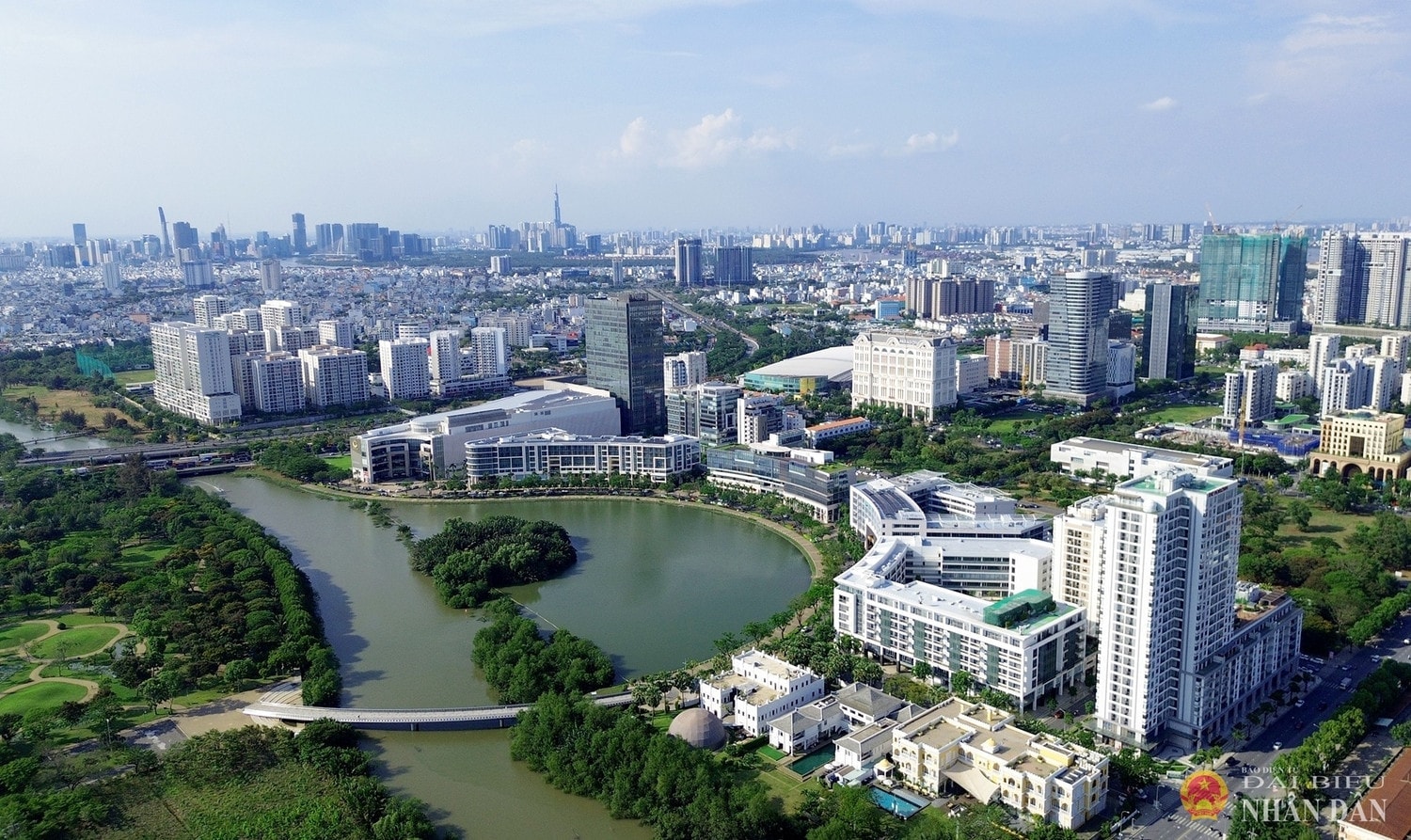
The city has identified 6 key infrastructure development focuses, prioritizing the development of the metro system in the TOD direction, effectively connecting the inner city and functional centers. At the same time, investing in the construction of high-speed railway lines for passengers and goods such as the Bau Bang - Dong Nai - Cai Mep Thi Vai route, along with the completion of Ring Roads 2, 3, 4.
The main targets for the 2025–2030 period are set with 6 economic targets: average GRDP growth rate of 10–11%/year; by 2030, GRDP per capita will be about 14,000–15,000 USD; digital economy accounts for 30–40% of GRDP.
Socially, from 2026, people will have regular health check-ups or free screening at least once a year, and have an electronic health book for life-cycle management; aiming for universal health insurance coverage by 2030.
In the urban and environmental sector, the city aims to have 90% of household waste recycled or treated with new technology by 2030; and at the same time, add 199,400 social housing units.
Accordingly, three key, breakthrough program groups of the city were identified, including: Institutions, policies; infrastructure; and human resources.
In terms of institutions and policies, the city proactively proposed to adjust and amend a number of articles of Resolution 98/2023/QH15 to continue promoting specific mechanisms to promote development. Regarding infrastructure, focusing on seven major contents, prioritizing transport infrastructure, logistics, energy conversion and digital infrastructure. Regarding human resources, focusing on implementing seven key tasks such as developing and applying digital technology and artificial intelligence in education, promoting the integrated education model (STEAM), popularizing English proficiency, aiming to build a high-quality team, adapting to the knowledge economy and international integration.
Source: https://daibieunhandan.vn/tp-ho-chi-minh-xac-lap-muc-tieu-tang-truong-giai-doan-2025-2030-10389873.html





![[Photo] Parade to celebrate the 50th anniversary of Laos' National Day](/_next/image?url=https%3A%2F%2Fvphoto.vietnam.vn%2Fthumb%2F1200x675%2Fvietnam%2Fresource%2FIMAGE%2F2025%2F12%2F02%2F1764691918289_ndo_br_0-jpg.webp&w=3840&q=75)

![[Photo] Worshiping the Tuyet Son statue - a nearly 400-year-old treasure at Keo Pagoda](/_next/image?url=https%3A%2F%2Fvphoto.vietnam.vn%2Fthumb%2F1200x675%2Fvietnam%2Fresource%2FIMAGE%2F2025%2F12%2F02%2F1764679323086_ndo_br_tempimageomw0hi-4884-jpg.webp&w=3840&q=75)
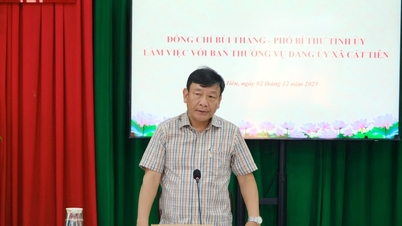

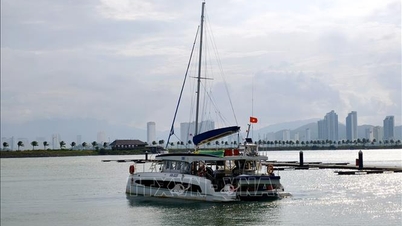

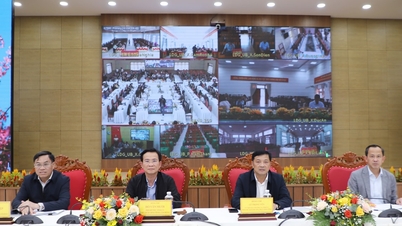
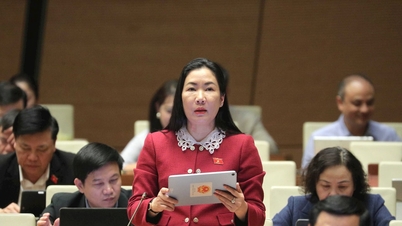
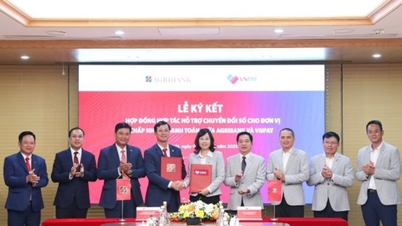
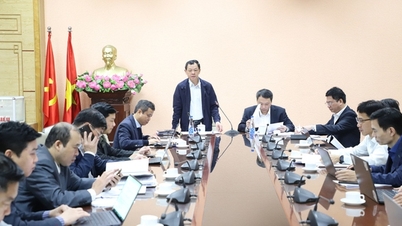

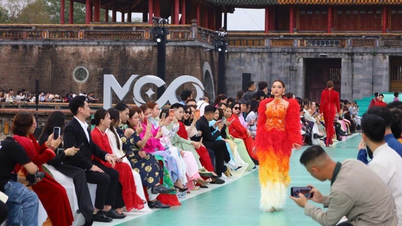





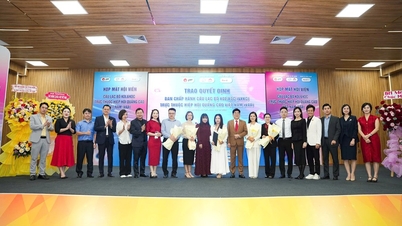

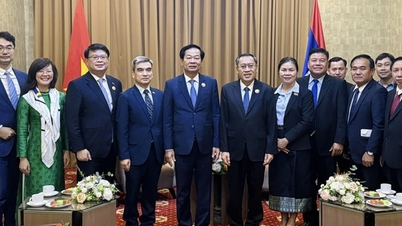





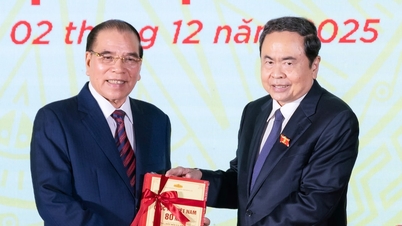
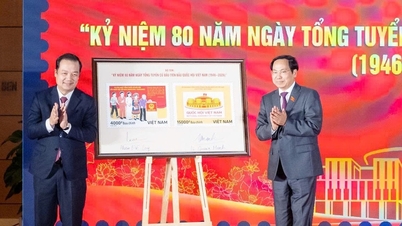
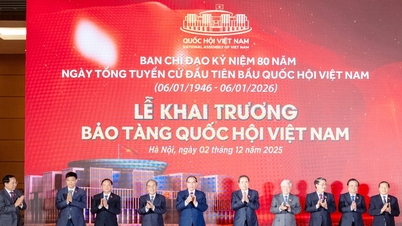

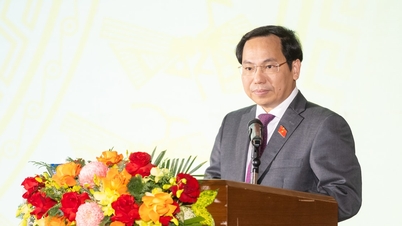
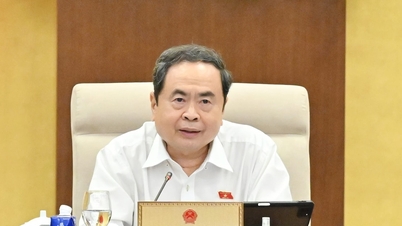
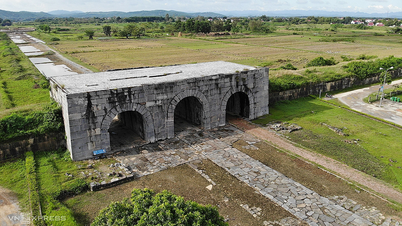




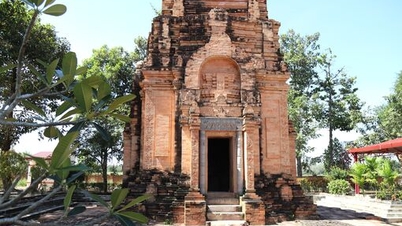

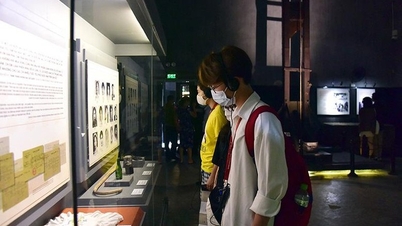
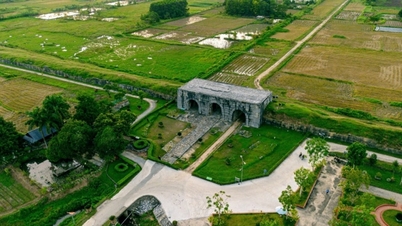



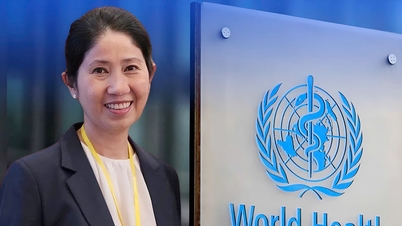


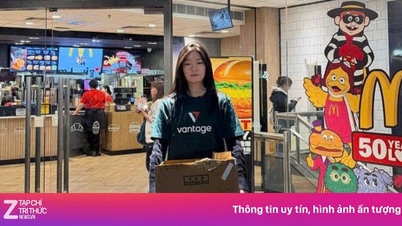

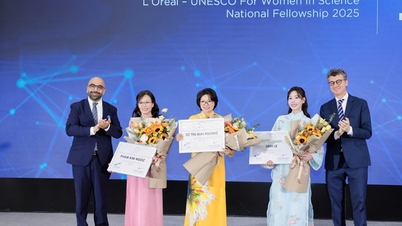



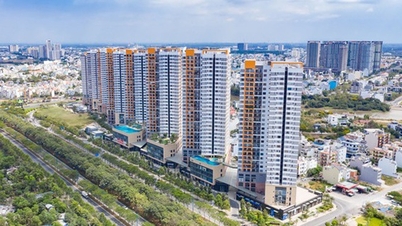



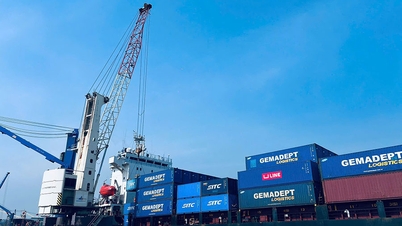







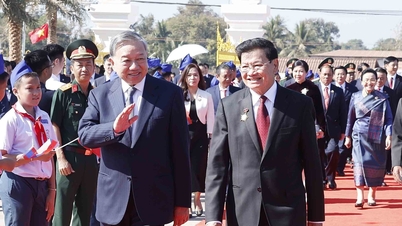




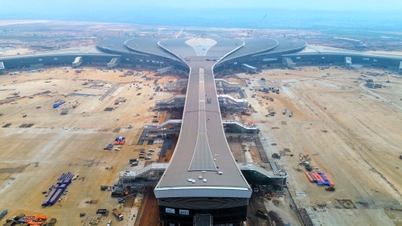



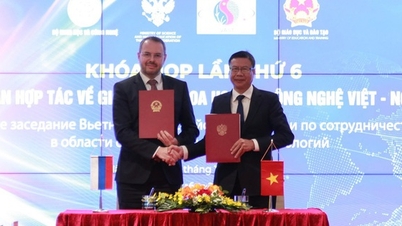
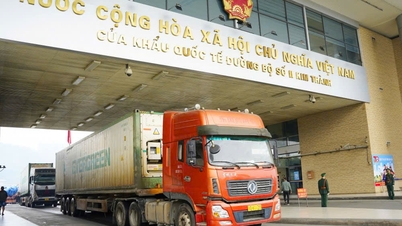

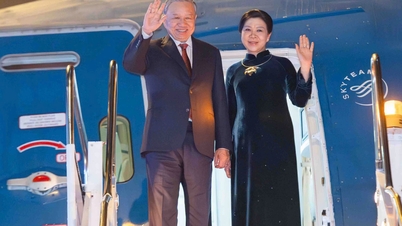

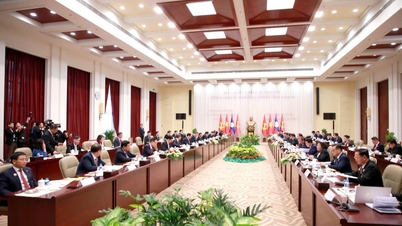

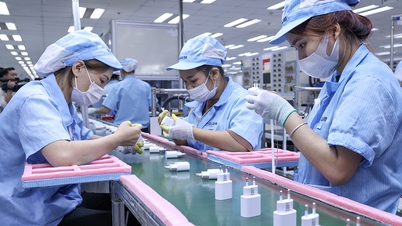
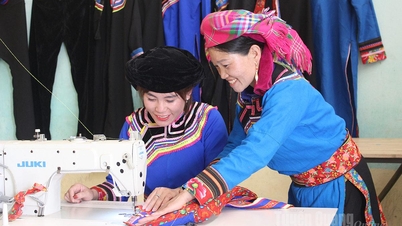


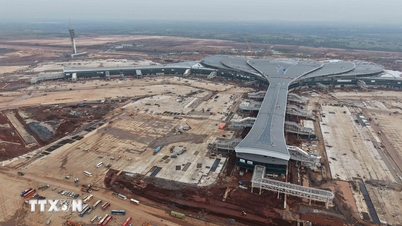

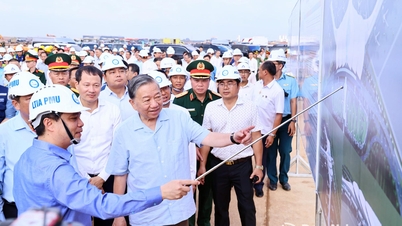


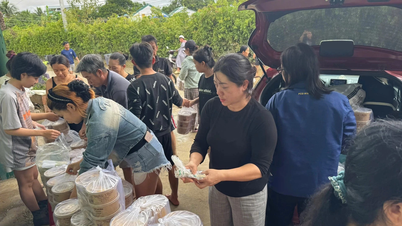










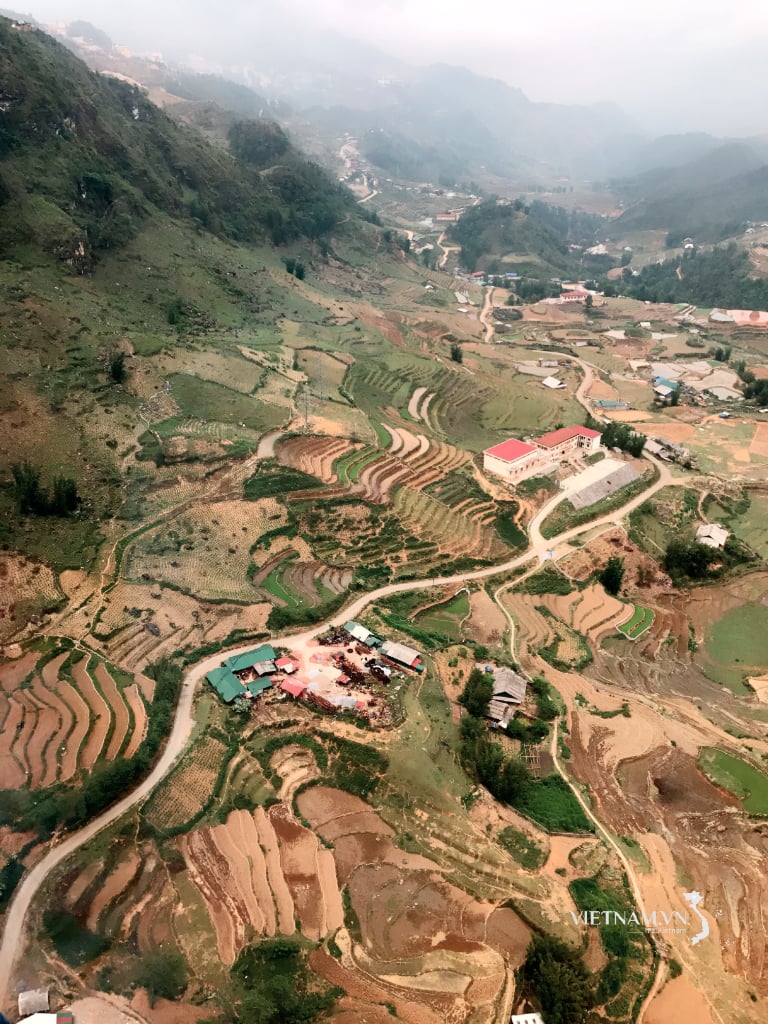


Comment (0)